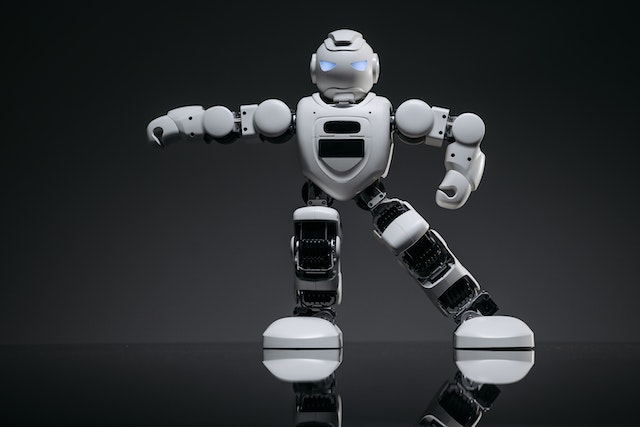The introduction of robots into mainstream life and work isn’t anything new — in fact, the first digitally operated and programmable robot was invented by George Devol in 1954. What once seemed impossible in the movies is becoming more normalized thanks to quantum computing, nanotechnology, science, and the exceptionally talented human beings who build things like hoverboards, exoskeleton suits, and self-driving cars.
My personal favorite is a chess-playing robot. In 1997, Deep Blue made history as the first computer to beat Garry Kasparov, the World Chess Champion at the time. In 2017, Google’s AI subsidiary DeepMind beat a world-champion, chess-playing program called Stockfish 8 without any human input other than the basic rules of chess. It achieved a superhuman level of chess play within 24 hours.
Yet, despite this robotic achievement, chess is still dominated by human players. The news lately surrounds Magnus Carlsen, a Norwegian chess grandmaster who is the reigning five-time World Chess Champion. He recently made headlines for both his notable lateness and losing two classical games in a row, a first for him since 2015.
Stories of human nature, achievement, and disappointment make compelling headlines — the human condition never fails to surprise or baffle. However, excitement and debate abound when new AI technology hits mainstream media.
Recently, ChatGPT entered the picture and, boy, did it spark that initial flurry of discourse.
Words matter, as do the people who write them
The recent talk of the business world, ChatGPT, in its own words, is an “AI-powered chatbot developed by OpenAI, based on the GPT (Generative Pretrained Transformer) language model. It uses deep learning techniques to generate human-like responses to text inputs in a conversational manner.”
In simpler terms, ChatGPT allows users to enter written prompts and receive AI-generated human-like text, images, and videos. It can generate essays, streamline copy, and answer most any question.
The editorial world is watching this newest AI chatbot closely. Can it do what we’ve spent years mastering? Is it thoughtful, creative, and clever in our craft?
Here at Dragonfly, we recently took ChatGPT to task and asked it to complete a simple rewrite of a three-sentence, 90-word paragraph about CMS regulations and hospice care. ChatGPT certainly delivered, cutting unnecessary language, simplifying complex thoughts, and distilling the information down to a more palatable paragraph.
However, it failed to prioritize the main idea or message of the paragraph. Had one of our writers or editors tackled this paragraph, they would have moved sentences and reimagined the actual delivery of the message, considering the audience and how they would best receive the content.
Which brings me back to human connection. Sure, ChatGPT has ignited discourse about the implications of robots operating in the modern-day workforce.
But in our line of work, connecting with humans is at the very core of what we do. We understand our audiences better than a robot because we are the audience. We think outside the box, constantly striving to find better solutions for our clients because our clients matter to us. We go beyond delivering a task when we find more compelling and creative ways to communicate, all while connecting with the people and topics as we execute.
Just like any other instrument we use to help hone our craft — from spellcheck to Grammarly to Hemingway Editor — AI chatbots and ChatGPT can be helpful tools in our arsenal. But when it comes to writing and editing clear, compelling content that doesn’t feel mass-produced, I believe in our ability to tell a story, put our minds together to identify key messages, and deliver them with style.
Personally, I like knowing who is at the other end of my screen — and that’s exactly who I write for.


